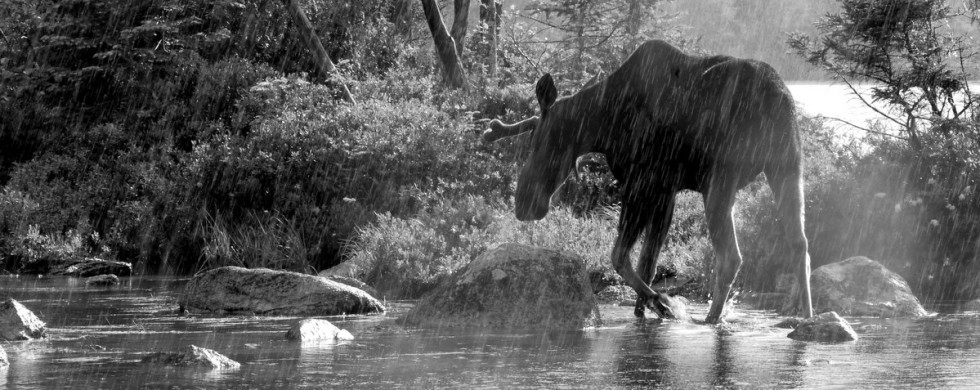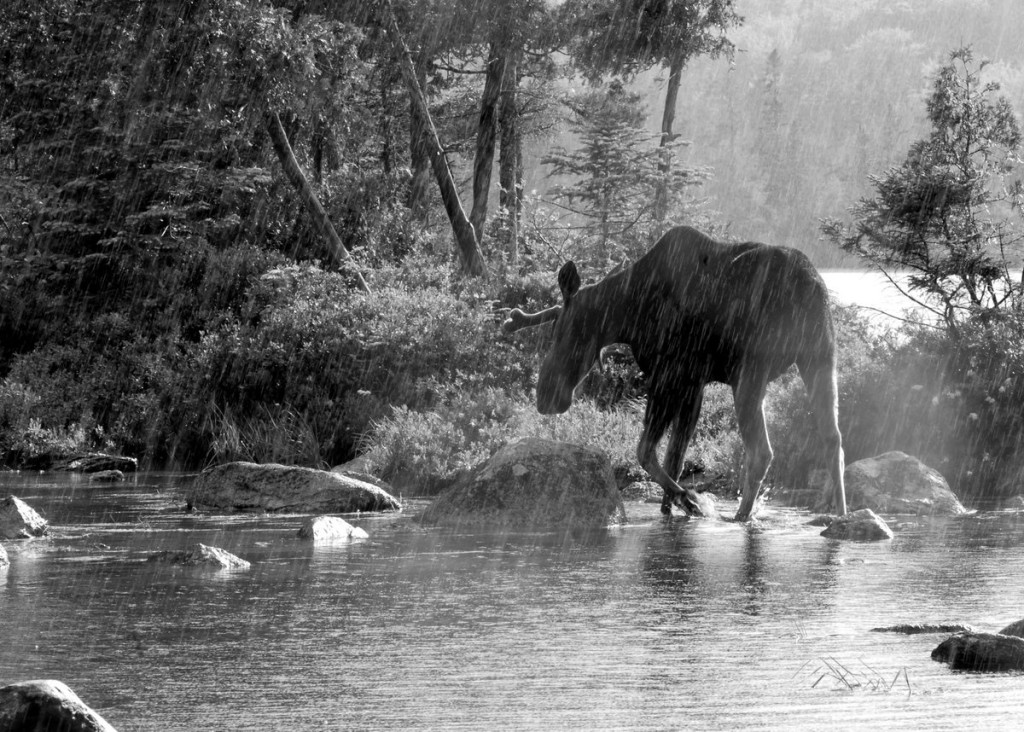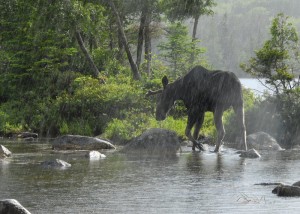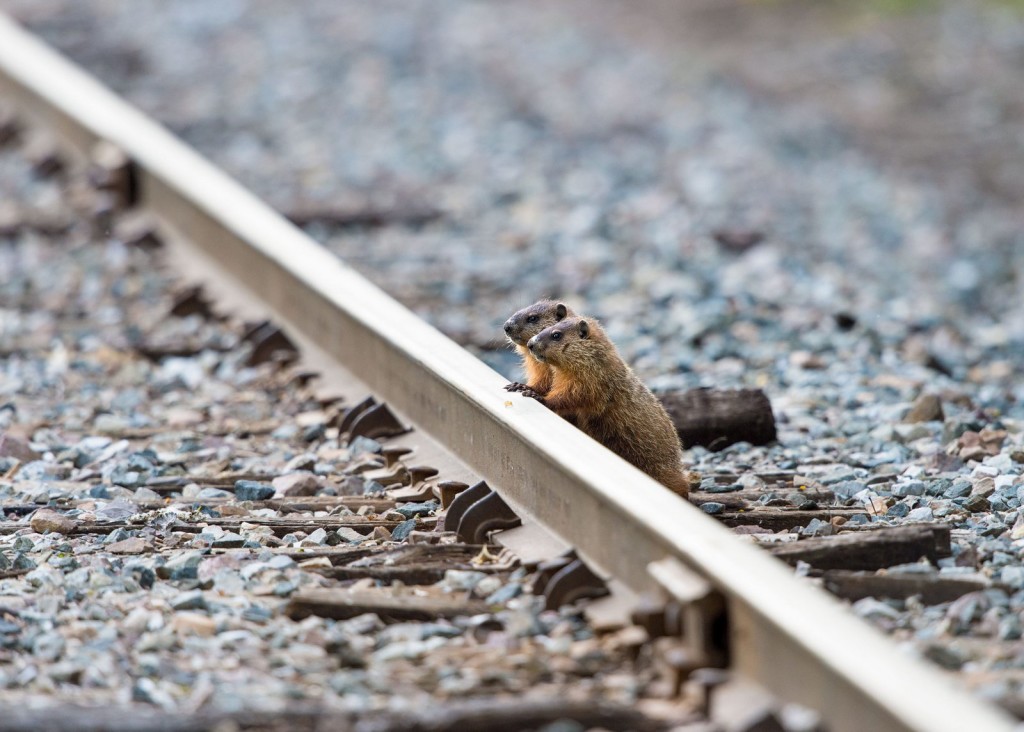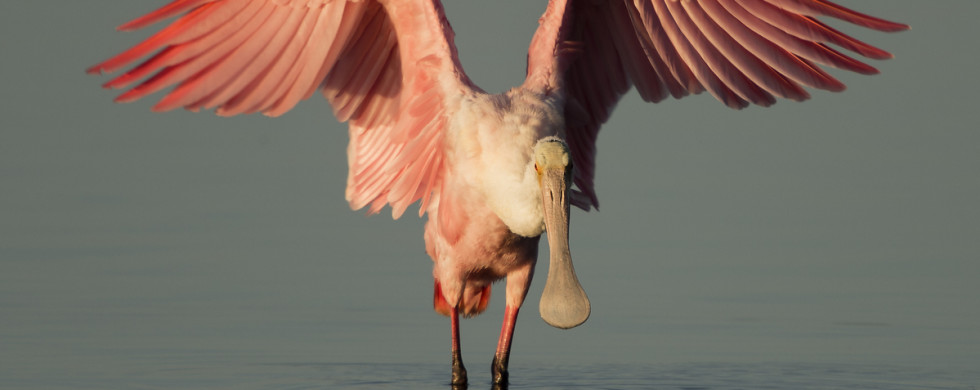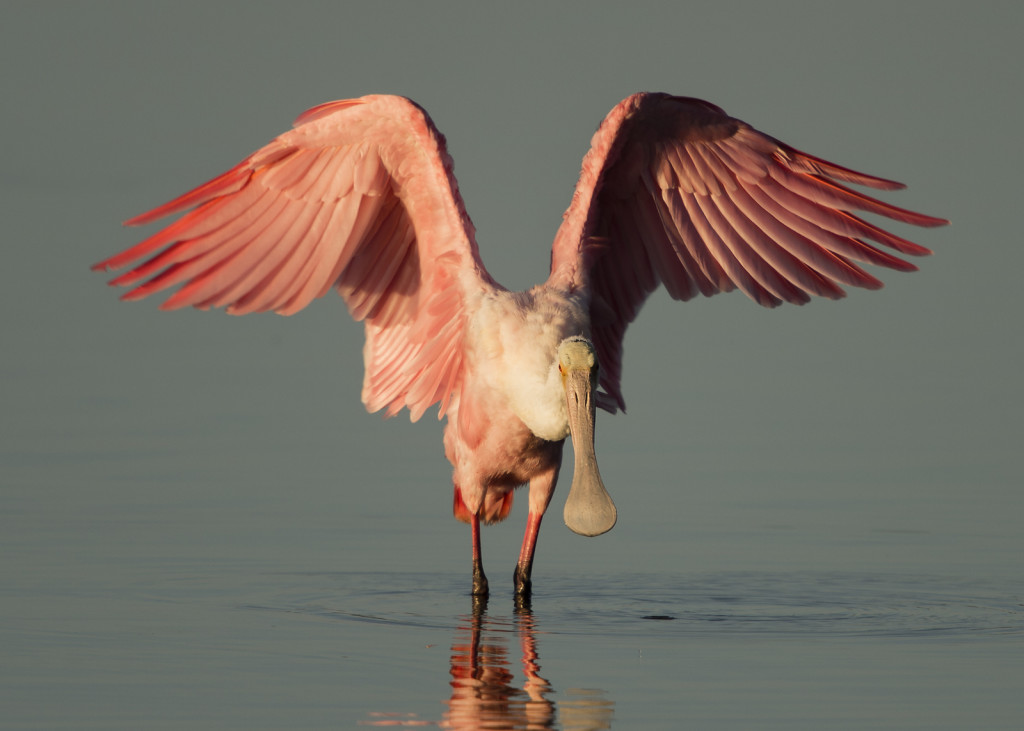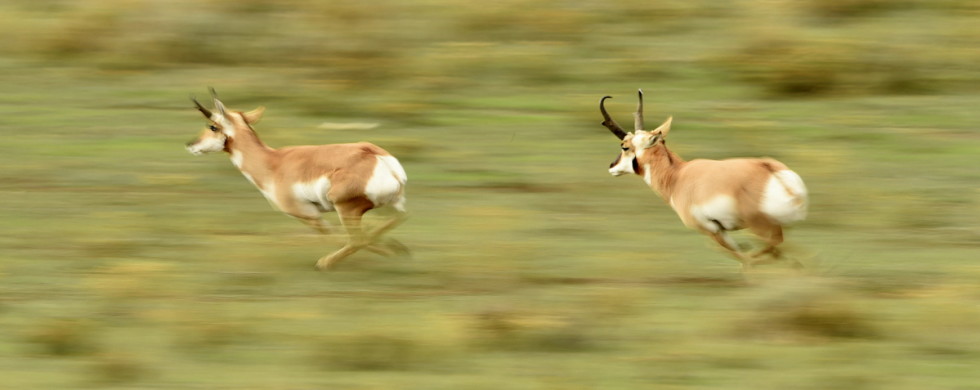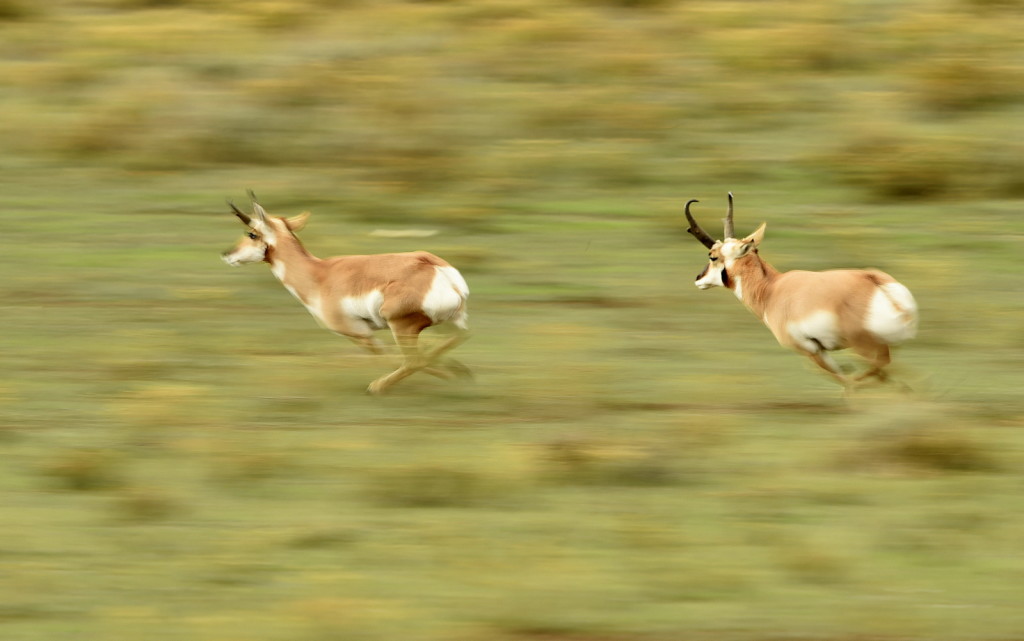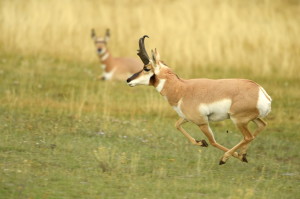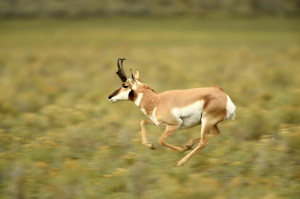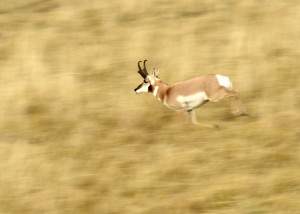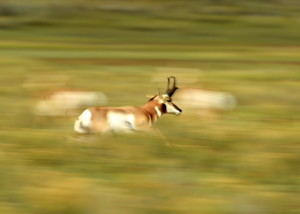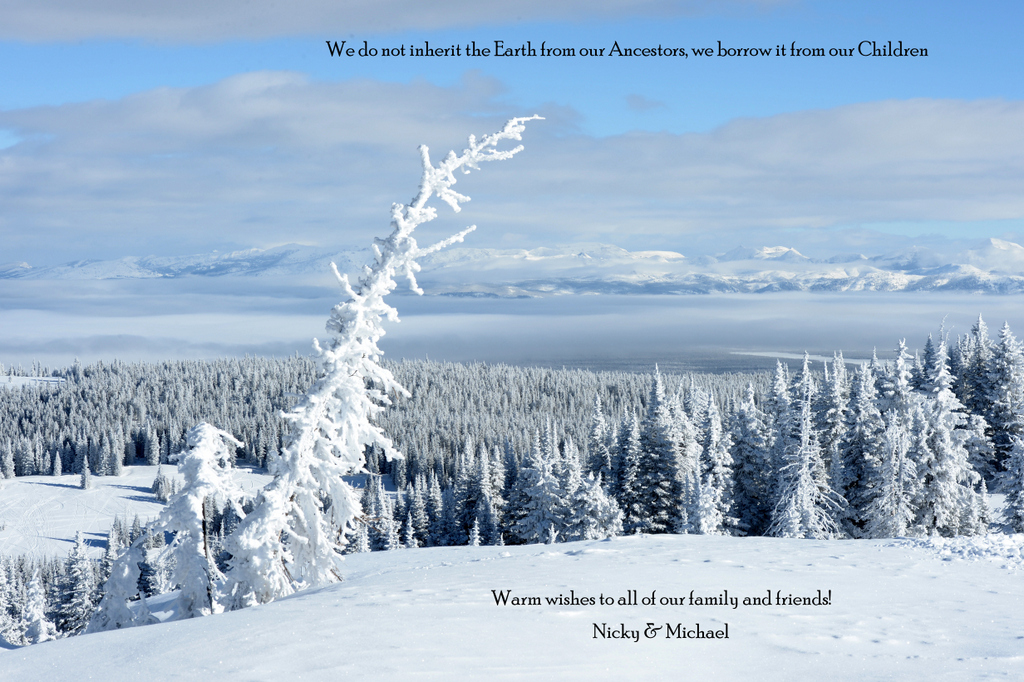30
Shot of the Month – March 2015
Much of my photography reflects my bias towards warm hues and vibrant colors. I am on record for preferring to photograph brightly colored birds over those draped in shades of brown.
Color photography shows a world that we are most familiar with as most humans see the world in color. Color images can evoke a range of emotions as broad as the spectrum of a rainbow.
That being said, some of the most powerful images ever captured are black and white (B&W), and much “fine art” photography is sans color.
For me, an image is about telling a story. Strong use of color can tell a great story. However, color can also be a great distraction. B&W images remove that distraction and allow the viewer to explore the world in a new way.
Removing the color from a shot changes the focus—it shifts the viewer’s attention from the colors to things that can be more abstract, less immediately noticeable, and it presents the world to us in a way that few of us are used to seeing it. It can, by the very removal of that familiar element, generate an intense amount of interest and a powerful feeling of drama that might otherwise be overwhelmed by the presence of the color. (Source)
In the original color image, I found the green bushes to be a distraction and the sharp color divide made the photo feel disjointed. Once I converted to B&W the photo seemed to be more visually coherent. And now the image was less about reporting what I saw, a moose in a rain shower, and became more universal in embodying mood and perhaps melancholy.
Some photographers are drawn to shoot in black and white because creating a compelling image without colors requires a strong understanding and mastery of the visual building blocks of a great photo: texture, tonal contrast, shape, form, and lighting.
A few pointers on making a worthy B&W image:
- Visualize in B&W but shoot in color. Yes, really. Best to shoot in color first and then convert later. You will have more data and options to work with.
- To visualize in black and white only pay attention to lines, shadows, and shapes.
- Look for contrast. Strong B&W photos usually have strong whites and deep blacks.
- Look for texture. (Think old barns and how great they look in B&W)
Learning to see the world in B&W will allow you to exercise a different set of visual muscles and will make your “colorful” stories even stronger.
Here is a good article on how to see in black and white.
Until next month….m
Nikon D200, Nikon 70-200mm f/2.8 VR (@110mm), 1/125 s, f/16, ISO 400

